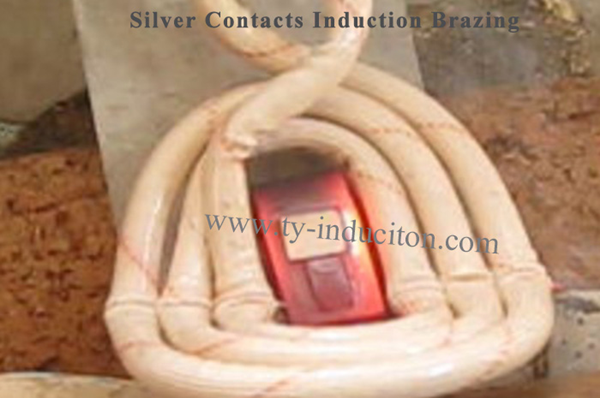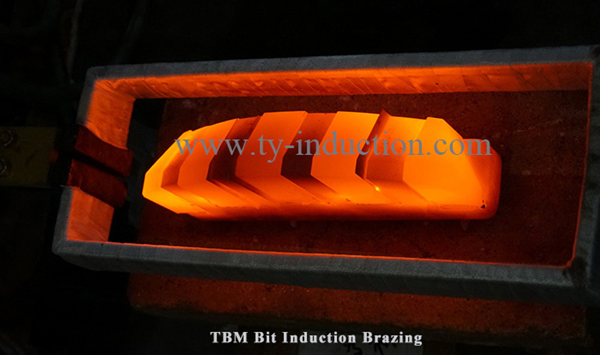What is Induction Brazing Process?
April 14, 2023
Induction Brazing is a welding process in which a filler metal with lower melting point of the base materials and the base materials are simultaneously heated to the melting temperature of the filler by induction heating machine and then the gaps between the solid base material are filled with liquid filler to join the materials. In induction heating, usually ferrous materials are heated rapidly in an electromagnetic field generated by an alternating current from an induction coil.
Before brazing, the workpiece must be carefully processed and strictly cleaned to remove oil stains and excessively thick oxide films to ensure the assembly clearance of the interface. The gap is generally required to be between 0.01 and 0.1 mm.
The cleaned workpieces are assembled together in an overlapping pattern, and the filler is placed near the joint gap or between the joint gaps. When the base material and the filler are heated to a temperature slightly higher than the melting point of the filler, the filler melts (the workpiece is not melted), and is sucked into the gap between the solid workpiece by capillary action, and the liquid filler and the metal of the workpiece diffuse and dissolve. After condensation, a brazed joint is formed.

There are some benefits to use Induction Heating for industrial brazing. These include selective heating, better joint quality, reduced oxidation and acid cleaning, faster heating cycles, more consistent results and suitability for large volume production.
With above advantages, Induction brazing is suitable for welding precision, complex and components composed of different materials, such as honeycomb structure plates, turbine blades, hard alloy tools and printed circuit boards.
Regarding filler metal, silver with its low melting point is often used for Induction Brazing. Silver-copper eutectic brazes and copper brazes are also used because of its lower cost. Aluminum braze is the least common. Filler can be applied manually, but due to the more common semi-automatic production, preloaded joints are more often used to speed up the operation and help maintain a more even bond.

Hot Products
Contact Us
Enquiry hotline:
+86 135 4128 7190
Email:
Address:
No.18,14th Floor, Building 2, No. 169 Zhongli Road, Banzhuyuan Subdistrict, Xindu District, Chengdu, Sichuan, China, Code:610000
